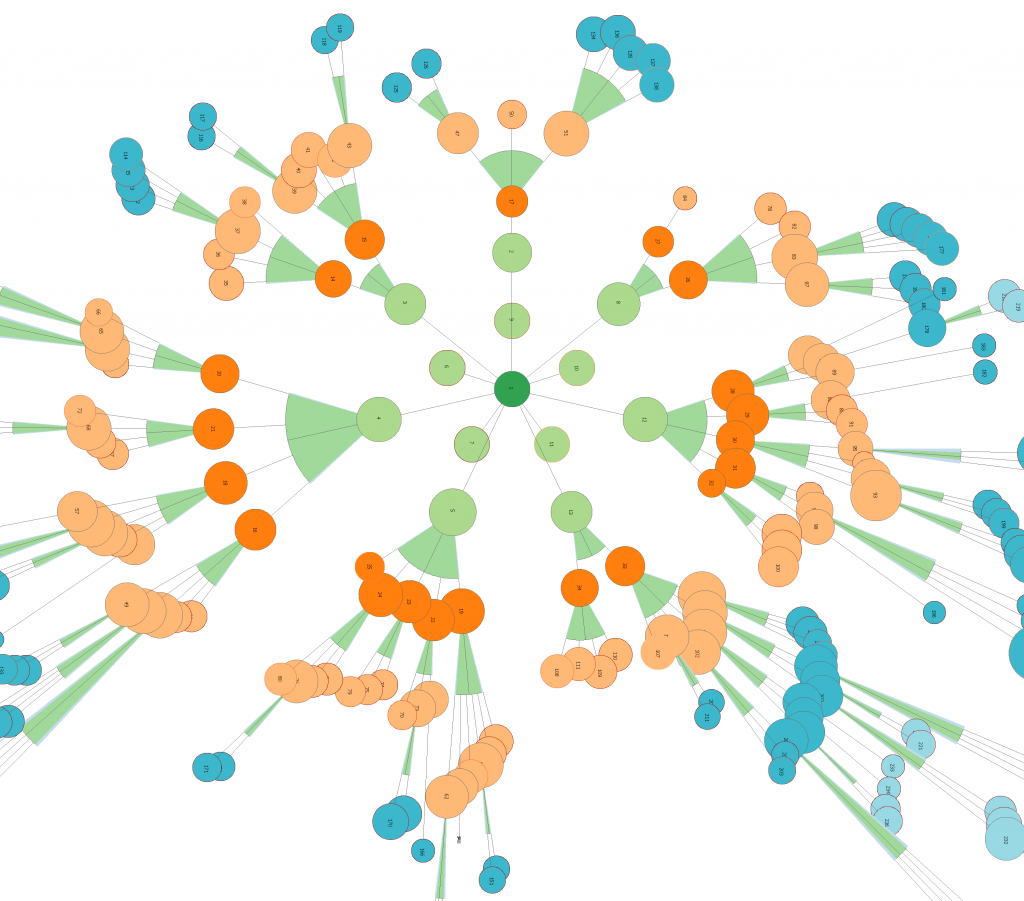Your cart is currently empty!
How to Be Relevant Around Key Topics and Subtopics
In today’s digital landscape, staying relevant is the cornerstone of success for any website or business aiming to rank highly on search engines. The way you structure your content around key topics and subtopics not only influences how well you connect with your audience but also affects your authority in the eyes of search engines like Google. Understanding how to be relevant around key topics and subtopics effectively is a powerful skill, and that’s where the concept of Cocon Sémantique, or Topical Mesh, comes into play.
The Importance of Topic Relevance
The success of your website doesn’t rely solely on keywords anymore; it’s about covering a topic comprehensively. When a user searches for something online, search engines look for content that provides the most complete answer to that search query.
You must show authority and relevance around your main topics and related subtopics to do this.
Covering every aspect of a topic, answering user questions, and providing insights create a sense of trust, ultimately improving your ranking.
Key topics must be broken down into relevant subtopics that give a complete picture. For instance, if your website covers renewable energy, you should include broad discussions of solar power and subtopics like photovoltaic technology, solar inverters, energy storage, and even maintenance tips. Each subtopic supports the theme, creating an intricate information web that signals authority.
Structuring Content for Maximum Relevance
One way to ensure relevance is to focus on content hubs and clusters. Content hubs revolve around a key theme and include supporting articles that address different aspects of that theme. By structuring your content in a logical way—where each subtopic supports the central topic—you not only enhance the user’s experience but also make it easier for search engines to understand what your site is about.
These content clusters work to answer all possible user queries related to your topic. For example, you could have a central article about “Solar Power for Residential Use.” You could create supporting content about installation options, financing, incentives, and local regulations. All these pieces interlink, forming a cohesive cluster that speaks in-depth about the topic, boosting your relevance.
Why the Cocon Sémantique/Topical Mesh is the Best Strategy
The Cocon Sémantique, or Topical Mesh, developed by Laurent Bourrelly, is by far one of the best content strategies for creating relevance around key topics and subtopics. The strength of the Topical Mesh lies in its ability to help search engines understand the depth and breadth of your content. Instead of creating isolated pages that only focus on specific keywords, the Topical Mesh is about linking together pages that deal with different aspects of the same topic.
This technique leverages the power of internal linking to build an intricate map of your content. It’s a natural way to show that you’re comprehensively covering every aspect of a topic. For example, when a page about solar panel installation links to another page about solar panel maintenance, it creates a logical flow of information. This practice signals to search engines that your content is comprehensive and relevant to the broader topic of solar energy.
The Topical Mesh encourages site owners to create interconnected content clusters that allow users to navigate seamlessly through different layers of information. This seamless navigation improves user experience, a critical ranking factor for search engines.
Moreover, it also creates a ‘topical mesh’ around your key topics, ensuring that no user question goes unanswered and search engines see your site as an authority.

Advantages of Using Topical Mesh
- Improved Rankings: By covering key topics comprehensively, your site is more likely to rank for multiple related keywords rather than focusing on a single keyword.
- Reduced Bounce Rates: Users stay longer on your site as they explore interlinked content, lowering bounce rates and signaling quality to search engines.
- Authority Building: Using the Topical Mesh, you position your site as a go-to source for comprehensive information on key topics, building authority and trust.
- Enhanced User Experience: The content structure helps users quickly find the answers they’re looking for, which can increase satisfaction and encourage repeat visits.
How to Implement Topical Mesh
Implementing the Topical Mesh is straightforward but requires careful planning. Start by identifying the main topics you want to be known for. Once you have those core topics, break them into subtopics that answer specific user needs or questions related to the main subject. Create detailed content around these subtopics and link them back to the main topic and each other logically. This internal linking creates the mesh, providing a solid semantic relationship that search engines love.
For example, if you have a core topic on “Electric Vehicles,” you might have subtopics covering battery technology, charging stations, government incentives, and EV maintenance. Each subtopic should be interlinked to provide a complete user journey and a comprehensive understanding of the topic.
Being relevant around key topics and subtopics is not just about creating content; it’s about making the right content that fits together like puzzle pieces. The Topical Mesh or Cocon Sémantique is an advanced strategy that helps ensure your website becomes an authoritative source by comprehensively covering every angle of a topic. This approach helps search engines understand your site better and enhances the user experience, ultimately boosting your rankings and your brand’s visibility online.
If you’re looking to build your authority and dominate search engine rankings, implementing the Topical Mesh strategy will give you a clear advantage over competitors who are still focusing on keywords in isolation rather than the broader context of topics and subtopics.
